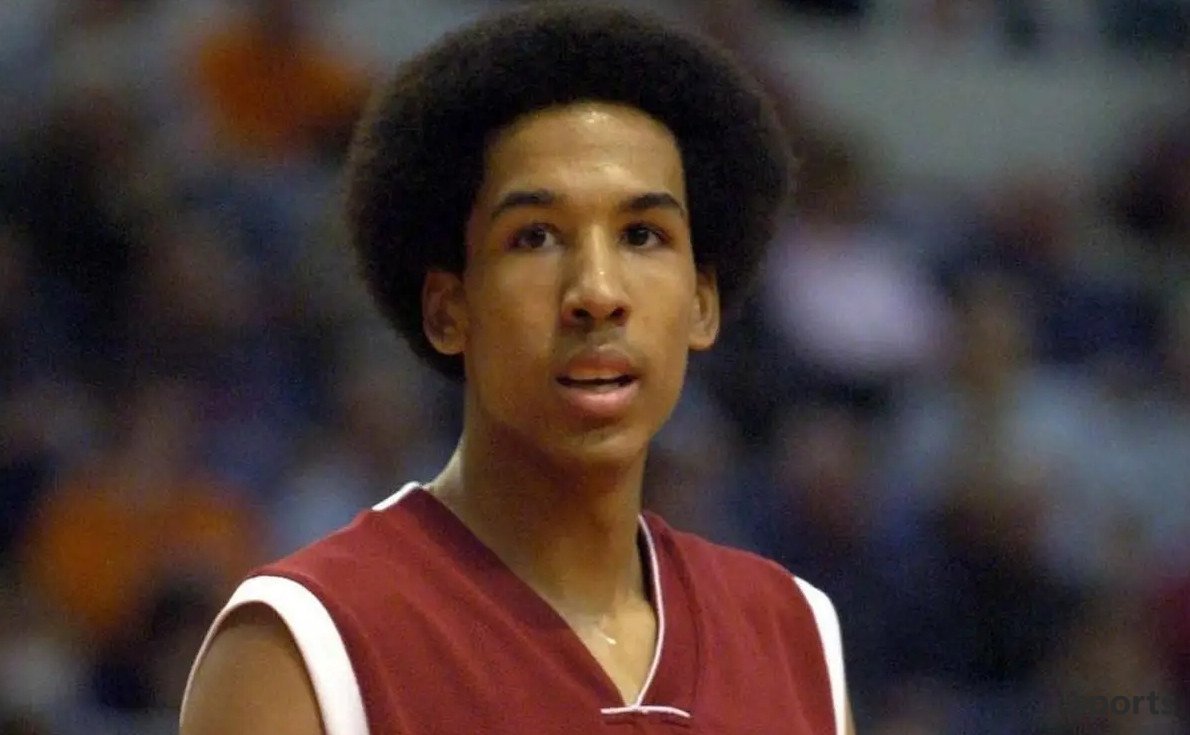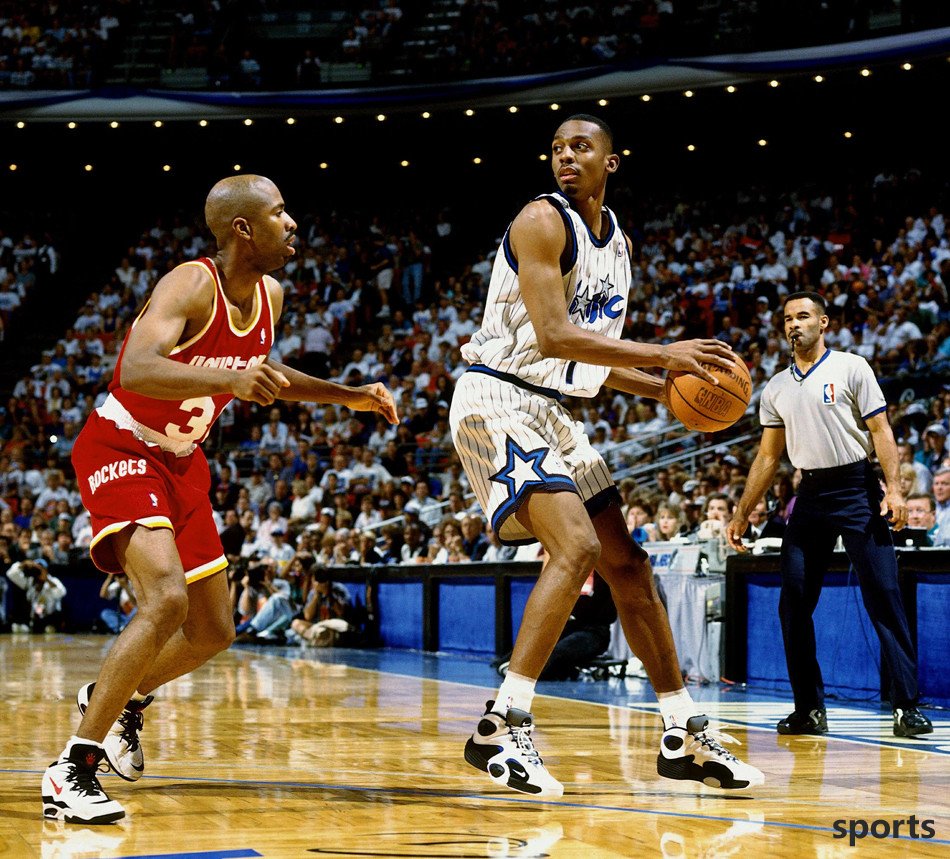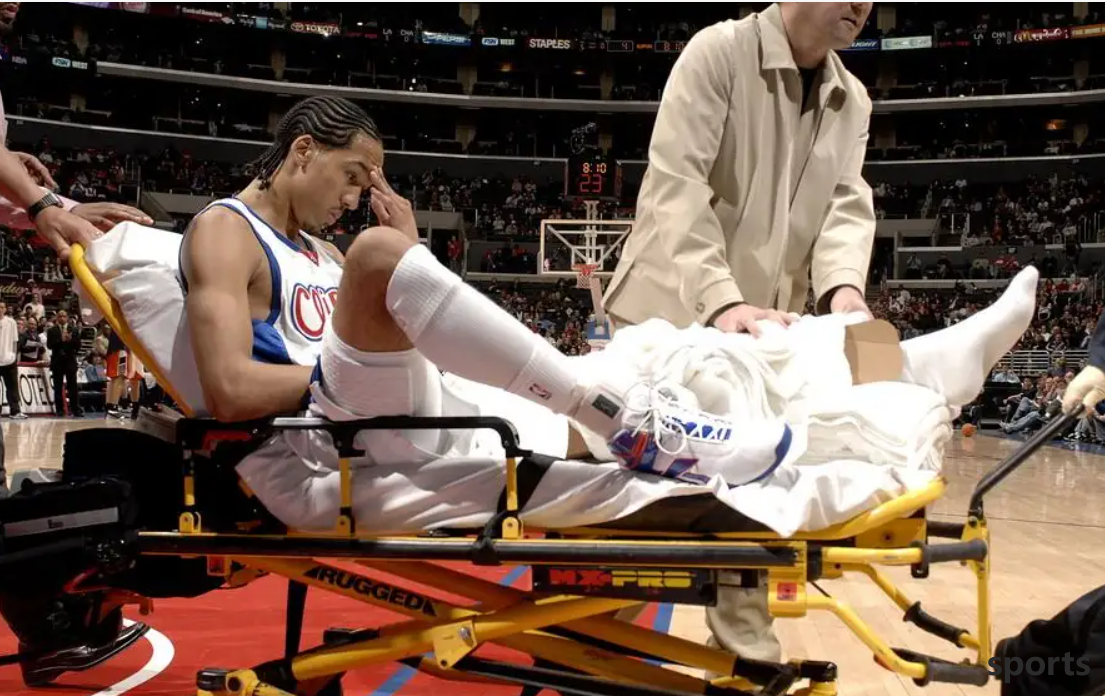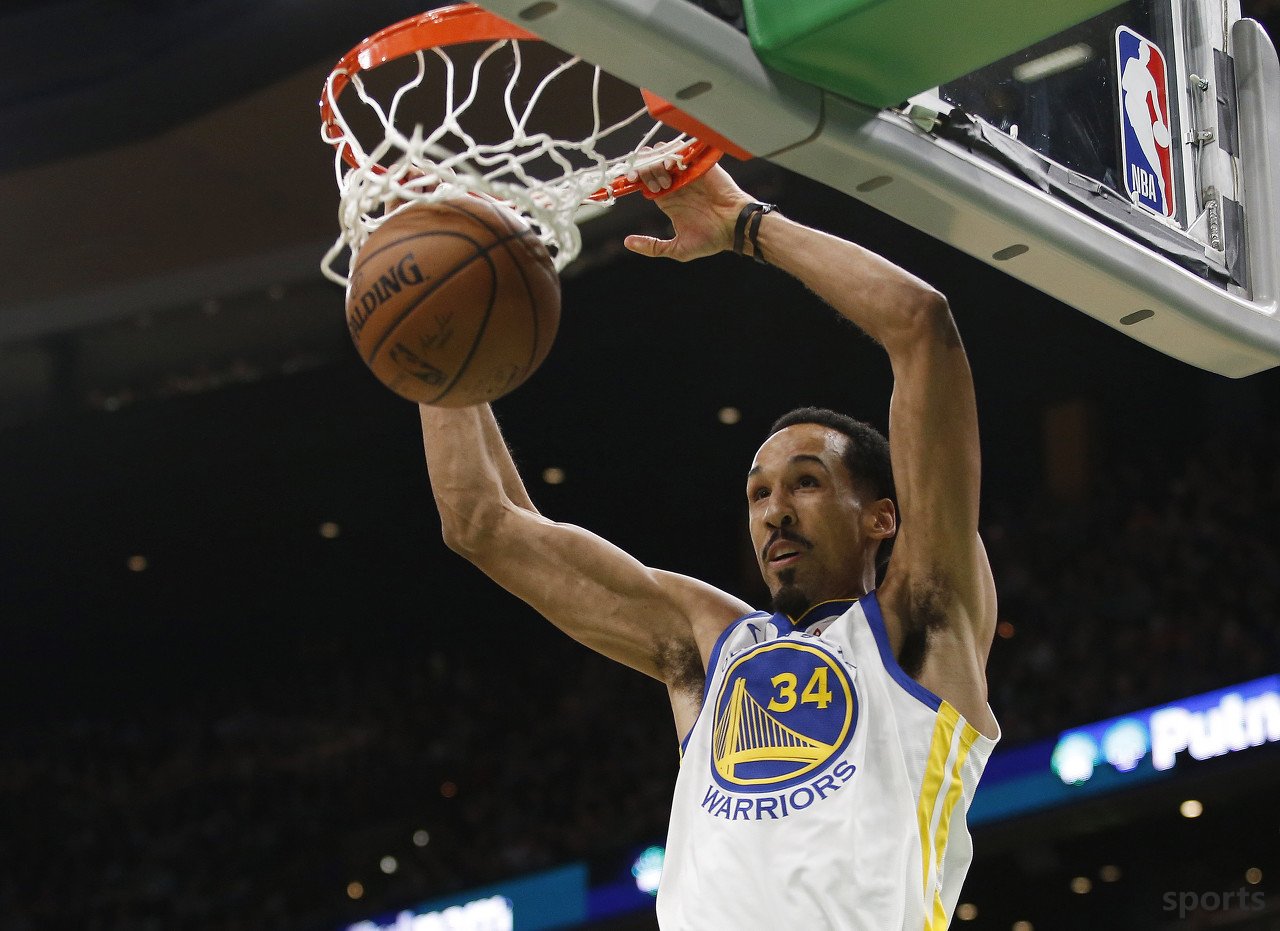NBA Inspirational Story: Livingston: From the Bottom Bunny to the Champions’ Backbone
"I keep running just to catch up with the self who was once highly anticipated." - Sean Livingston In the long history of the NBA, Livingston is far less famous than superstars such as Kobe, Jordan, and O'Neal, but his life is like a turbulent movie, from a talented boy in Illinois to a "glass man" with a serious knee injury, from a tramp in the bottom of the league, to the tough backbone of the championship dynasty, he wrote a great legend of rebirth with his steely will. In the United States in the 1980s, early marriage and early childbirth were very obvious. The average childbirth age for women was 21 years old, and most of them were not able to survive. It was common for them to get married and divorced quickly. Unfortunately, Livingston was born in such a family. Not long after her 20-year-old parents terminated their marriage. Livingston was awarded the marriage to his mother Anne by the court, but because he was too young, he didn't know what responsibility was, and he didn't know how to be a mother at all. Most of the time, Livingston spent the rest of his life in custody. Livingston is the youngest child there. All the children thought he was in the way and refused to play with him. Livingston could only sit quietly in the corner, and his personality became more and more withdrawn. One day, his father Reggie came to visit him. He lay by the window and wanted to surprise his son, but soon, he found something was wrong. Livingston's eyes were dull and could not integrate into the group at all. He never noticed that someone on the other side was paying attention to him. Reggie couldn't bear it, so he found Anne and asked for custody. Although Reggie's income is not high, just like the movie "Yangtze River VII", he didn't want his son to retrace his old path and insisted on sending Livingston to the best private school in the area. At the same time, Livingston's fate with basketball became deeper and deeper. One afternoon, Livingston took a break from his busy schedule and picked up a videotape to watch it alone, but it was not a movie, but a basketball documentary by NBA star "Penny" Hardaway. Livingston was soon attracted by Hardaway's elegant style of play. He played it repeatedly, and then imitated the dribbling, crotch, pass, movement, etc. in the picture. Gradually, basketball became Livingston's best partner. With diligence and excellent physical talent, Livingston has become the king of the field since junior high school. After entering high school, his dominance has become more obvious. He led the team to win the state championship for two consecutive years, averaged 20.3 points and 12 assists in the senior year, and was named "The Best High School Student in the United States" by many media. 2.01 meters tall and 2.11 meters wingspan. Despite its slender figure, it has excellent sports control, with a top-notch passing vision and sense of smell, with a variety of scoring methods on the offensive end, and is good at jumping shots and turning over jump shots. In addition, defense is also a selling point, which can be defended from 1-3, with three steals in multiple single games, and a bloody chase block. In the eyes of the outside world, Livingston, with an exaggerated size, can redefine the point guard position. After graduating from high school, Livingston got offers from many prestigious schools, and coach K personally led the team to visit him. However, after weighing the trade-offs, Livingston decided to skip the NCAA and directly participate in the NBA draft. In the end, he was picked up by the Clippers in the fourth pick and became the first high school point guard in NBA history. However, just as everyone was looking forward to Livingston, he could open a new era, an accident forced him to press the pause button for growth. In the game against the Bobcats, Livingston lost balance in a fast break, his right leg fell in a weird way, and his entire calf was broken out. Then a terrifying scream broke out in the audience. Livingston lay on the floor, hugging his injured left leg and shouting. The medical team immediately rushed into the field. After a brief treatment, Livingston was pushed out of the arena. Livingston at that time was not clear about what the injury meant. The examination results were soon released. The anterior cruciate ligament, posterior cruciate ligament, and medial collateral ligament were all torn, the meniscus was broken, and the kneecap was dislocated. The Clippers' doctor recalled: "That was one of the most terrifying injuries in NBA history. His legs were almost connected with his skin." The surgery lasted for 5 hours. The first thing Livingston woke up was to ask the doctor, "Can I still play basketball?" The doctor said with his heart, "I don't want to deceive you, it's a miracle that you can walk normally." Livingston fell into despair for a while. He visited the scene of his injury, and felt full of regret. What's more cruel is that during Livingston's recovery, the Clippers ruthlessly cut it. "I feel like the whole world has given up on me, I don't know what to do." Only with the encouragement of family and friends did Livingston cheer up again, he spent 8 hours a day doing healing, stretching and bending any pain. "Every stretch is like a knife cut, but I told myself that as long as I can breathe, I will fight to the end." In 2008, Livingston returned to the arena with a metal protective frame, but he was wandering around, from the Heat to the Grizzlies, from the Thunder to the Wizards, from the Bob to the Rockets, from the Cavaliers to the Nets, in 6 years, Livingston has traveled to many cities and never found a place. In the summer of 2014, he was 29 years old, and received a call to save his career. On the other end of the phone was Bob, the general manager of the Warriors. He sincerely invited Livingston to join the Bay Area and explained the team's future plans and the role he played in the team. The nearly hour of communication made Livingston feel the importance again, and he agreed directly. The Warriors were building a five-small system, but in the second team, they lacked a backcourt with rich experience, able to hold the scene, have organization and defense. The result was as they expected. Livingston fully meets their needs. He was strong inside, rarely made mistakes, and rarely suffered losses in defense. Although he had no three-point range on the offensive end, his signature turnover jump shot always played a decisive role at critical moments.. 5 years, Livingston fought with the team and won three championship trophys. This man who almost couldn't stand up became a famous NBA championship puzzle. In 2019, Livingston announced his retirement. His right knee still has a 12-centimeter surgical scar, but he has already settled with the scar: "It reminds me that fate can destroy your body, but it cannot defeat your will." After retirement, Livingston remained in the Bay Area. He entered management and worked to help young players cope with psychological crises, and then launched the "Livingston Scholarship Program" to fund poor teenagers in his hometown of Peoria. Now, when fans look back at the shocking injured video in 2007, there is no longer "regret" and "terror" in the barrage, but is full of "Respect" (salute). The story of Sean Livingston has long gone beyond basketball itself—it is about how to look up at the stars in the abyss and how to reshape yourself after it breaks. As he wrote in his autobiography Nirvana: "I lost my lightning speed, but found something more powerful: a heart that never stops beating." 




- Recent Posts
-
- What a pity! It was revealed t
- The Rockets roster is release
- In-depth data analysis: Magic
- Alexander: I m glad we won the
- Does Jordan Poole have a chanc
- Curious! Bill of the Nail Hous
- The Thunder s 8-0 home game ha
- 30.9+10.4+3! Looking back on B
- The 700 million-salary bomb de
- The Thunder took the lead in c
- Hot Posts
-
- After signing with the Trail B
- "NBA Finals G6" Thunder VS Pac
- Bill wants to complete a buyou
- Thunder substitute Caruso: Gre
- 2-1 in one game! WTA Berlin St
- First-time pick, 25th first-ro
- After the NBA Clippers trade,
- The latest news of the Warrior
- Rockets officially announced 5
- The Suns are finally going to
- Outrageous! The truth about th
- If 13 million is received, run
- US media questioned Yang Hanse
- Is Paul expected to join the L
- Paul George undergoes surgery
- On May 2, Pelinka s latest int
- 8 first rounds + 60 million sp
- Anthony: I ve been through man
- Cavaliers President: Mobley s
- The Warriors "beat" Gobert by
- search
-
- Links
-
